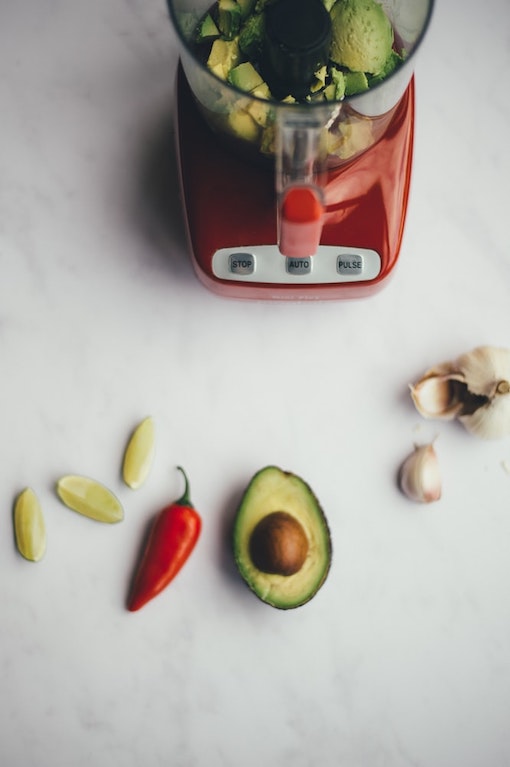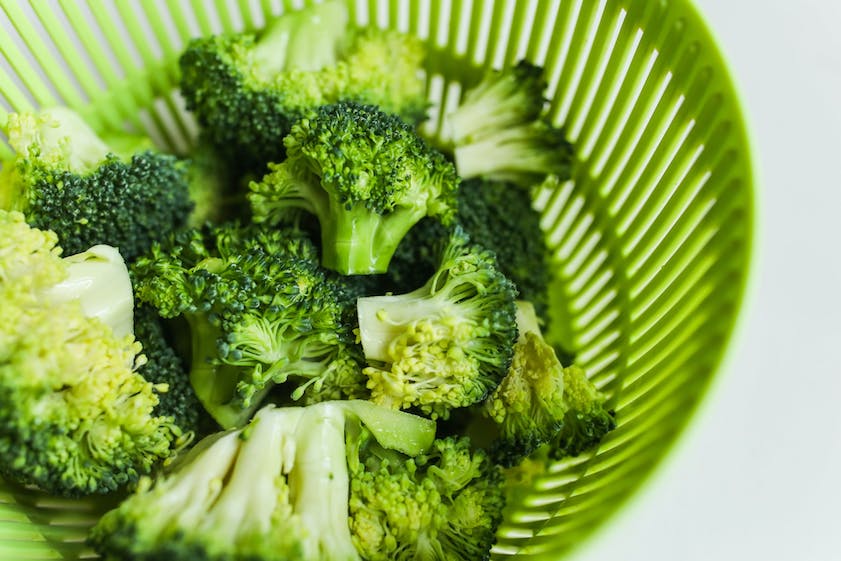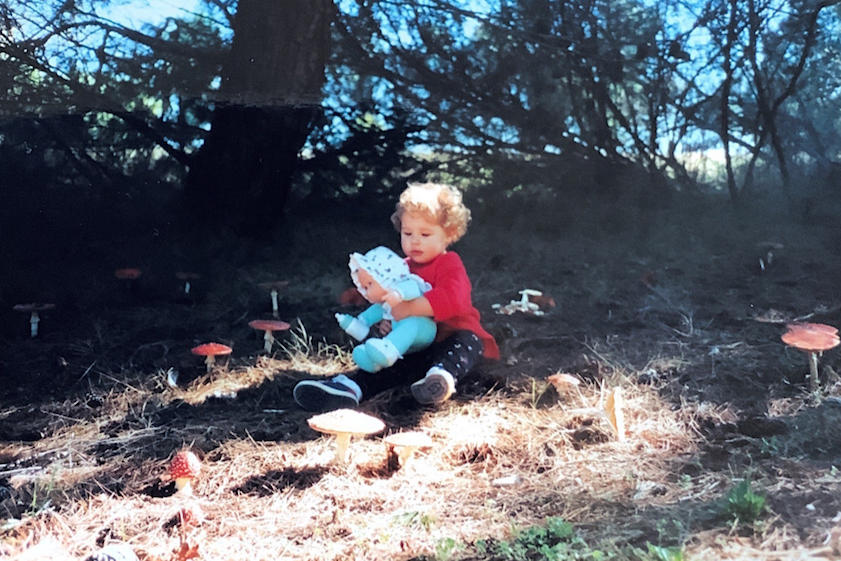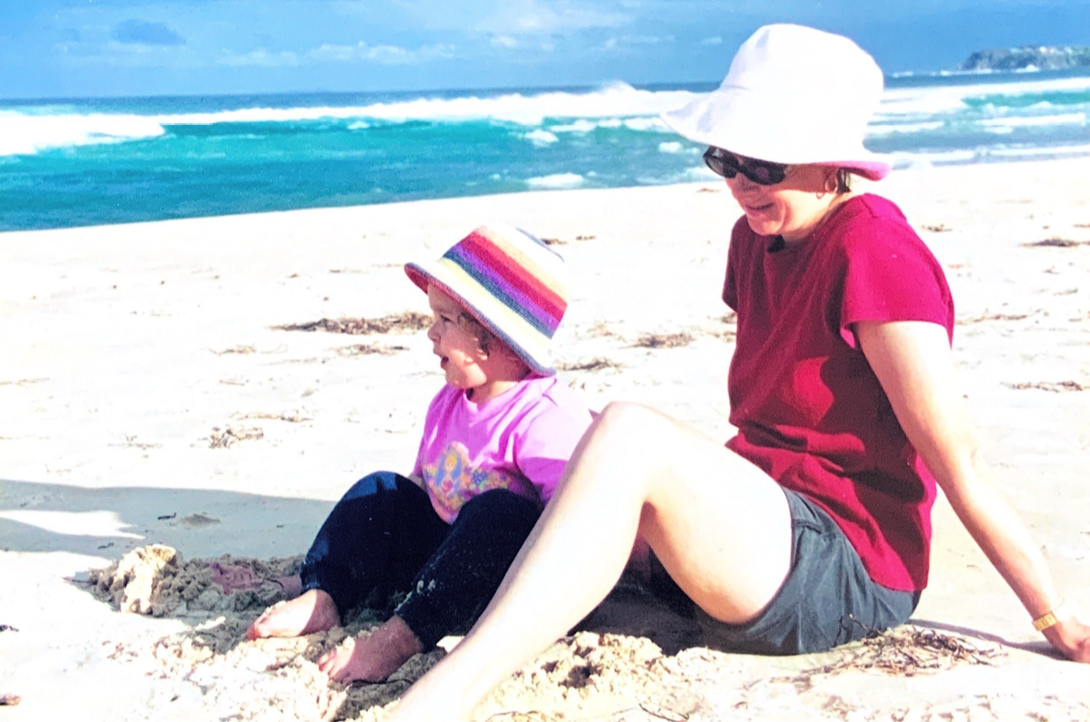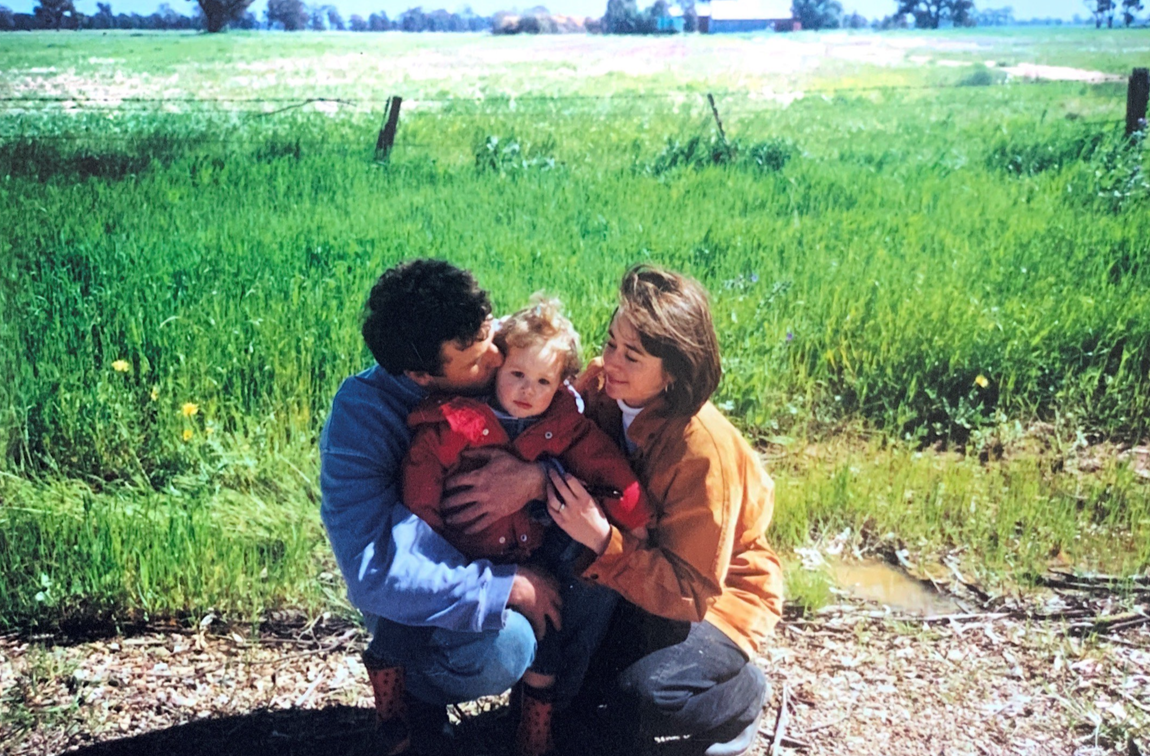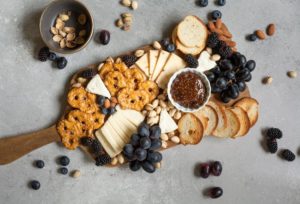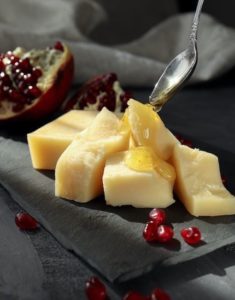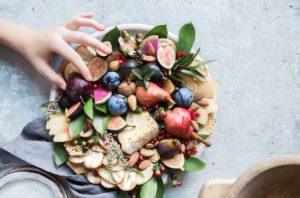One of the most visually exciting companions you can bring along to any gathering is a cheeseboard. Here’s a rundown on how to melt your friend’s hearts by making an unforgettable, tasteful platter.
Cheeses
To provide guests with an appetising cheeseboard experience, a range of textures is important. Harder cheeses like cheddar and Swiss pair well with softer options like camembert and brie.
Opting for an odd number of cheeses, preferable three, is a favourable number to start with. Ensure cheese is served at room temperature by preparing 30 minutes before the event. Also, covering with a damp cloth prevents drying out, allowing the full flavours to be experienced. Purchase cheese near the use-by date to ensure it is close to full maturity and tasting its best.

Take weather into consideration to save cheese from becoming soggy. Situate the platter in a cool, dry place and choose the consistency of cheese based on the current season.
Trying different flavours is a must to get out of your food comfort zone. Companies such as Doorstep organics and Ashgrove cheese have affordable options to try like red chilli and chive cashew nut cheese.
Supermarket go-to cheeses:
- Cheddar – Opt for Mersey Valley ($7.90 for 235g), a melt-in-your-mouth, crumbly cheddar, so delicious it will be the first to go.
- Parmigiano Reggiano – Around $11 for 200g at most Australian supermarkets. Has a sharp fruity and nutty taste.
- Camembert – Average supermarket price of $6 for 200g. Entertain your board further by popping it in the oven beforehand and baking for 20 minutes.
- Goats cheese – $9 for 150g. Pairs perfect with Sauvignon Blanc wine.
All are available in selected Woolworths and Coles.
Biscuits and Bread

Choose biscuits that complement the flavours on offer. Hard fruit crackers balance the flavours of soft cheese – think brie, camembert and goat. Lighter biscuits like wafers and sea-salt crispbread are the ultimate partners for harder cheeses like cheddar.
We feast with our eyes, so using a variety of colours and textures will level up any platter. Crisps and Jatz are a staple, but breadsticks and pretzels bring diversity to the board.
For a mature platter, choose a good-quality bread such as sourdough or a French baguette. Bread allows the flavours of the cheese to remain the same, as some crackers can manipulate texture and taste.

Supermarket go-to crackers:
- Oil and Sea Salt Crisps – Opt for ‘Nana’ brand ($6 for 150g). Sturdy for both dips and cheese, offering a mild saltiness and loud crunch.
- Fruit Crackers – ‘Ob Finest’ are a popular option. Ranging from fig and pecan to dates and pistachio, they enhance flavours and deliver a crisp, fruity texture.
- Flatbread – Set your board apart from the rest and make garlic and rosemary flatbread by baking tortilla wraps until crunchy.
Condiments

Condiments elevate the flavour of cheeses by contrasting sweet and salty elements – bringing out surprising tastes. Texture and consistency are important, so choose dips that won’t slide off biscuits and honey that can easily pour.
To make the board ‘Insta worthy’, select dips with varying colours such as green, red and purple and spread evenly. To further the aesthetic, take dips out of their original packaging and scoop into neutral ramekins.
Pairing options to try next can be mustard with cheddar, honey with Havarti and horseradish jam with gouda.
Supermarket go-to condiments:
- Red Rock Deli – $4.50 for 150g. An array of flavoursome dips including chilli, beetroot, basil pesto and roasted capsicum.
- Honeycomb – Beechworth Honey for cheese is available at Australian supermarkets. $17.50 for 300g.
- Chutney – The spices and dried fruit add a punch of flavour to any board. Pairs best with aged cheddar. The brand ‘Rosella’ stocks interesting flavours.
Picture perfect pairings
Fruit is a must to cleanse the palate and compliment the richness of cheeses. Fresh seasonal fruit like strawberries, grapes and pears look perfect and are a healthy touch. Fruit introduces aromatic notes in cheese that differ from notes in bread and crackers. Dry fruit should also be included – apricots and dates provide textural attention.

When choosing cold cooked meats, aim to have an equal number of meats and cheese. If serving three varieties of cheese, pick three different types of meat.
A few crowd favourites are:
- Prosciutto – $8 for 100g. The perfect balance of sweet and salty. Goes perfect with pears and mozzarella cheese.
- Sopressa Salami – $33 a kilo. An array of different flavours are available such as Pepper Crusted Chilli.
- Chorizo – $24 a kilo. A bold flavoured smoky meat that pairs well with gouda and capsicums.
Arranging
 The fun part is here! Choose a bigger board than necessary, as once constructing starts, space fills up quickly.
The fun part is here! Choose a bigger board than necessary, as once constructing starts, space fills up quickly.
Start by arranging cheeses on the board in a clockwise direction from mildest to strongest, showing guests a starting point for their palate. To maintain a strong cheese etiquette, couple cheeses with their own knives, ensuring flavours aren’t mixing.
Dip ramekins and condiments should be next. Placing larger items first allows for visualisation to where the rest of the condiments will go. Spread colours evenly and on opposite sides.
Snake biscuits through the middle of the board or circle them around dips. Meats can be added in distinct ways – fold into interesting shapes to take up less space or stack on top of each other.
Fill in all remaining space with bread, nuts and fresh and dry fruit, covering the bottom of the board. Don’t overthink, the best-looking platters come from having fun and choosing tastes guests will love.
Now sit back and enjoy watching your perfect cheeseboard get destroyed, but in the yummiest way possible.












